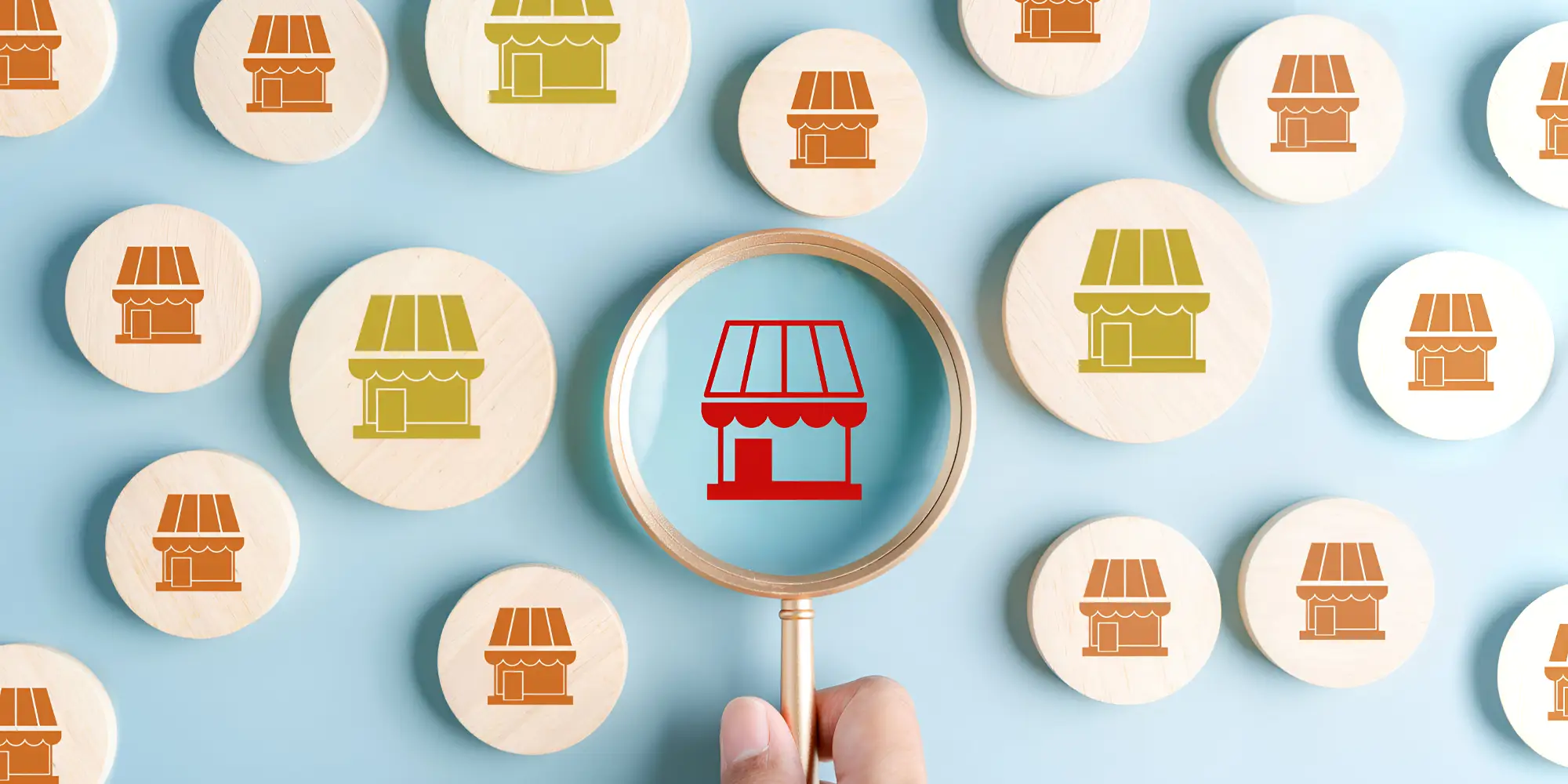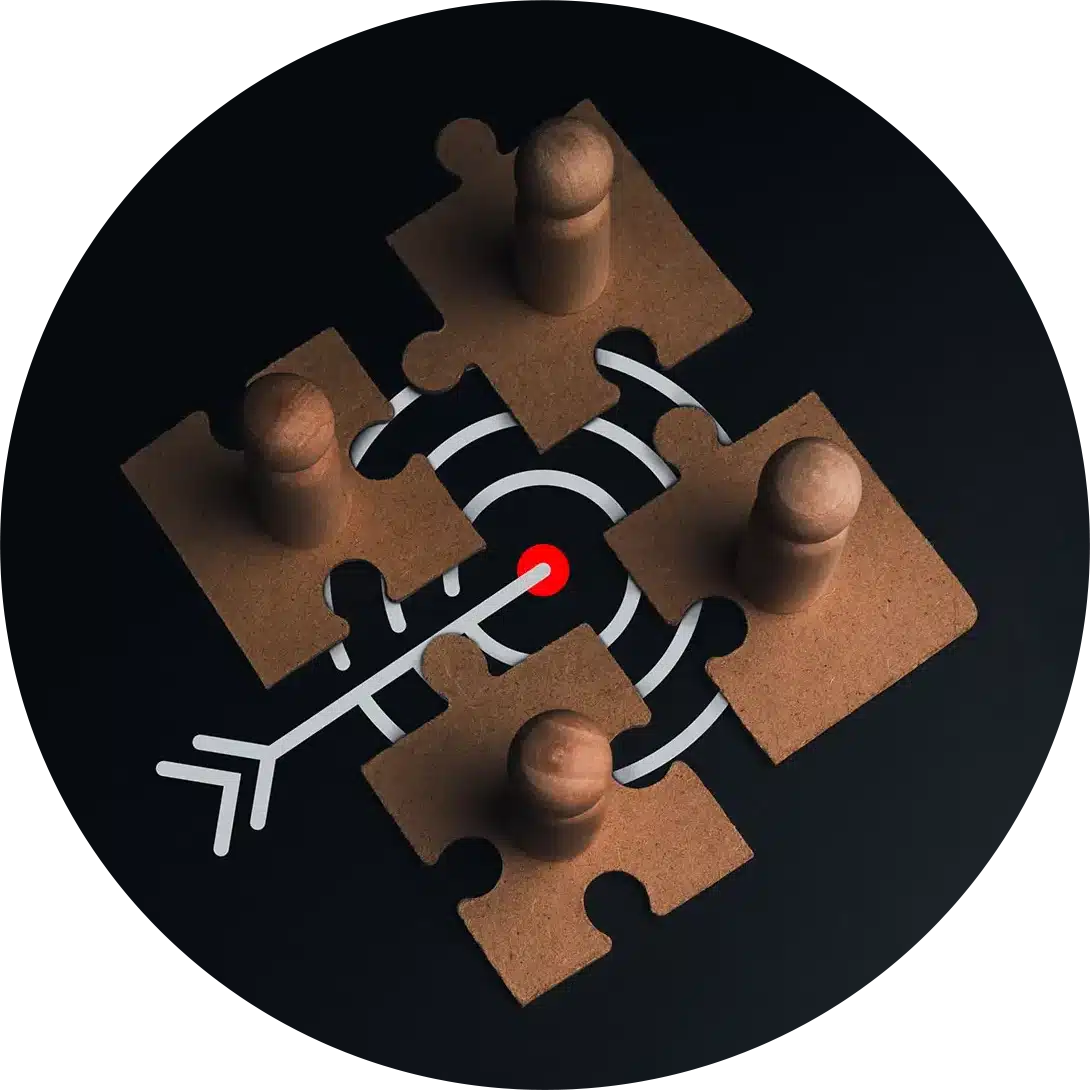Key Takeaway:
Learn what discovery platforms are.
Understand the pros and cons of discovery platforms.
Equip yourself with tips you need to pick the right platform for your brand and to improve your online selling success.
Selling online can feel overwhelming, especially if you’re new to it and unsure where to start. With so many options — like Instagram, TikTok, Amazon, and Etsy — it’s easy to feel lost. But finding the right discovery platform doesn’t have to be complicated. In this blog, we’ll break down the basics of these platforms, explore their pros and cons, and offer tips on choosing the best one for your business. By the end, you’ll have the confidence and knowledge to start selling online effectively.
Discovery Platforms Explained
As the name suggests, discovery platforms are destinations where consumers go to discover new products. These include social media platforms like Facebook, Instagram, TikTok, and YouTube, as well as marketplaces like Amazon, Etsy, eBay, and Walmart. Each platform offers a different ecosystem for online selling, and understanding these differences is key to making the right choice for your business.
For example, while social media platforms like Instagram offer visual-driven shopping experiences, marketplaces like Etsy focus on handmade and vintage items. Knowing these distinctions can help you align your business with the right platform for maximum reach and sales.
Weighing the Pros and Cons of Discovery Platforms
Discovery platforms provide both opportunities and challenges for small businesses. Let’s explore some of the most important advantages and disadvantages to keep in mind.
Pros:
Built-In Audience
Discovery platforms come with a pre-existing audience, making it easier to reach potential customers. Social channels like Facebook and Instagram have broad audiences, while marketplaces such as Poshmark cater to more specific demographics. Choosing the right platform means tapping into these ready-made communities.
Built-In Ecosystem
Most discovery platforms provide essential tools like payment processing and marketing features, making it easier to set up and manage your online store. For example, Instagram handles credit card payments, but keep in mind they charge fees similar to those on platforms like Wix.
Data Access
Discovery platforms offer valuable insights into consumer behavior, such as data on product views and engagement. You can use this information to fine-tune your marketing strategy and optimize your listings.
Marketing Features
Many marketplaces offer built-in marketing tools, like inboxes for customer communication or mass email functions, which differ from platform to platform. These features allow you to promote your products efficiently without having to invest heavily in external marketing campaigns.
Cons:
Rules and Restrictions
Each platform has its own set of rules, including design limitations and return policies. For example, Amazon requires sellers to adhere to strict shipping guidelines, while platforms like YouTube have specific eligibility criteria, including joining their Partner Program.
Fees
Discovery platforms often charge transaction and advertising fees. Instagram, for instance, takes a percentage of each sale for credit card processing. Knowing these costs upfront can help you determine whether a platform fits your budget.
High Competition
Some discovery platforms are highly competitive, especially marketplaces like Amazon, where thousands of sellers compete for visibility. You’ll need a strong strategy and unique products to stand out.
“When small business clients come to me and they want to sell on a discovery platform, I often recommend that they build a Shopify store. The Shopify back-end is very easy to manage. It also allows you to push your products to more than one platform.”
– Jennifer Shaheen, Founder and CEO, Technology Therapy® Group
Why a Shopify Store is a Great First Step to Selling on Discovery Platforms
At Technology Therapy Group (TTG), we’ve partnered with Shopify for over 10 years. When small business clients are interested in selling on discovery platforms, we often recommend building a *Shopify store. The Shopify back-end is very easy to manage. It also allows you to push your products to more than one platform. This flexibility makes it a convenient choice for businesses looking to streamline their online sales across multiple channels efficiently.
Tips for Choosing the Right Discovery Platform
So, how do you pick the right discovery platform for your small business? Aim for one that aligns with your business goals, audience, and products. Here are some tips to help you decide which platform is best for you:
Match Your Product with the Audience
Different platforms attract different audiences. Consider who your target customer is and where they spend their time online. For instance, if you’re selling handmade jewelry, Etsy might be the perfect fit, as it’s known for supporting independent artisans. On the other hand, if you’re selling digital products or offering engaging video content, YouTube may be more suitable.
Understand Platform-Specific Requirements
Each platform has specific rules for sellers. For example, Etsy requires that all products be handmade, vintage, or craft supplies, while Amazon has strict approval processes for certain categories like jewelry and fine art. Understanding these requirements helps you avoid wasted time and ensures you meet eligibility criteria.
Consider Pricing & Fees
Look into the transaction, listing, and advertising fees each platform charges. Social media platforms like Instagram may charge processing fees, while marketplaces like Amazon have tiered pricing plans for sellers. Make sure your product margins can accommodate these costs.
Pick a Platform You’re Familiar With
As TTG founder Jennifer Shaheen puts it, “It’s going to be really difficult for you to learn a platform you haven’t drank the Kool-Aid® on personally.” So, choose a platform that you’re already buying or browsing on. This will help you learn the platform faster as you start selling on it.
Test and Get Comfortable
When you start selling on a discovery platform, it can be easy to view everything from a seller’s perspective instead of a buyer’s. We recommend exploring the platform as a consumer first to understand its ecosystem and user experience. This insight will help you develop more effective selling strategies as you sell online.
“I recommend that you’re already buying or browsing on the platform you want to use. It’s a lot easier for you to get comfortable and grow if you are already connected. It’s going to be difficult for you to learn a platform that you haven’t drank the Kool-Aid® on personally.”
– Jennifer Shaheen, Founder and CEO, Technology Therapy® Group
Strategies to Dominate Discovery Platforms
Once you’ve chosen the right platform, it’s important to set up your online presence thoughtfully. Here are some actionable tips to help you succeed:
Leverage Platform-Specific Tools
Each discovery platform has unique tools and data to help sellers optimize their stores. For instance, YouTube allows you to sync your Shopify store, making it easier to manage products and track performance metrics. Make sure to use these resources to your advantage.
A/B Test Your Content
Similar to how you would A/B test email marketing, experiment with different content styles to see what resonates most with your platform’s audience. For example, you might try showcasing your products through talking head videos for a few weeks, then switch to product demonstrations the next few weeks. Give the algorithm time to work and collect metrics to determine what performs best for your brand.
Use Data to Improve
Review your platform’s data to understand your audience better. Platforms provide information like popular products, demographics of shoppers, and engagement metrics. Use this data to refine your approach, optimize your listings, and enhance your selling strategy.
Be Ready for Changes
Discovery platforms often update their features, rules, and algorithms. Stay informed and be ready to adapt your strategy.
Focus on Customer Experience
Good customer service is essential for success when selling through discovery platforms. Make sure to provide clear, high-quality images and videos of your products, and use direct messaging to address any customer questions. And consider leaving a personal touch by including a handwritten note with orders. This will encourage repeat business and positive reviews.
Discovery Platform Success: The Place Where Boldness, Strategy, and Adaptation Meet
As you start your discovery platform journey, remember these three things: be bold, learn from your data, and continue to adapt. Remember that not only will your brand evolve, but so will the discovery platforms you’re using and the customers you’re engaging. This informed and flexible mindset will position you to dominate the ever-changing world of online selling.
Sharpen Your Discovery Platform Strategy
Ready to step up your strategy for online selling? Increase your success selling through discovery platforms when you invest in TTG’s strategy service.
*DISCLAIMER: Links included in this article might be affiliate links. If you purchase a product or service with the links that we provide, TTG may receive a small commission. There is no additional charge to you!





